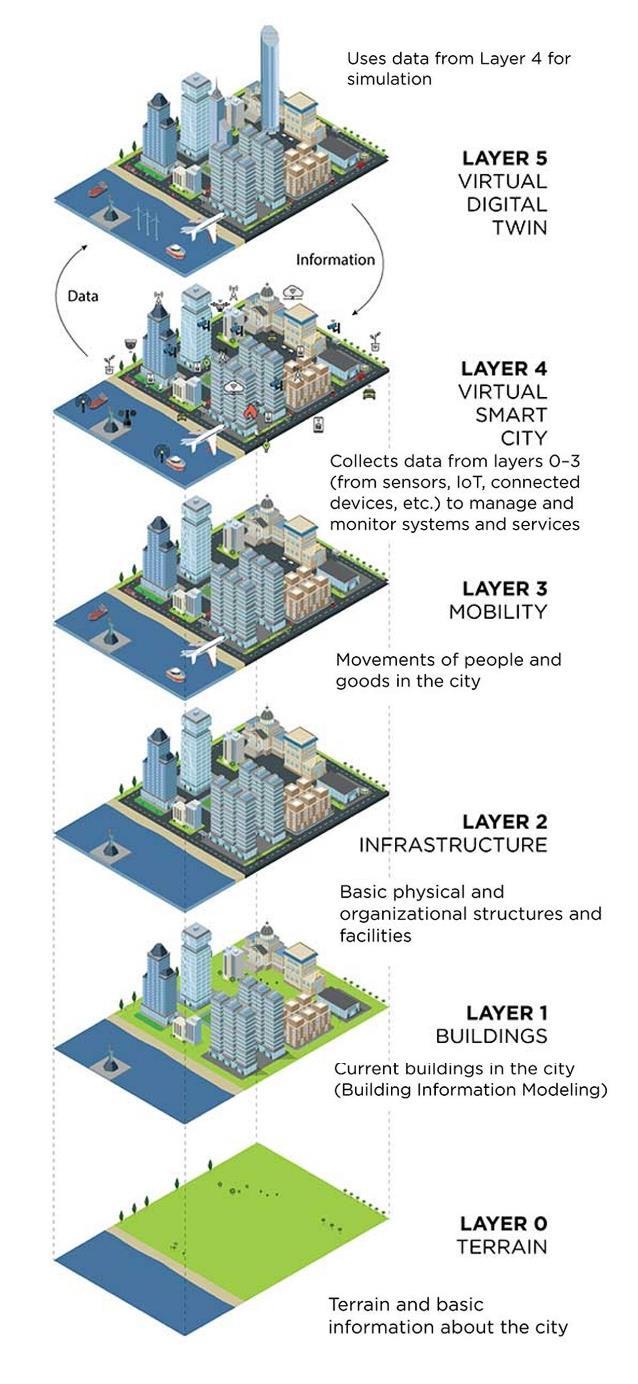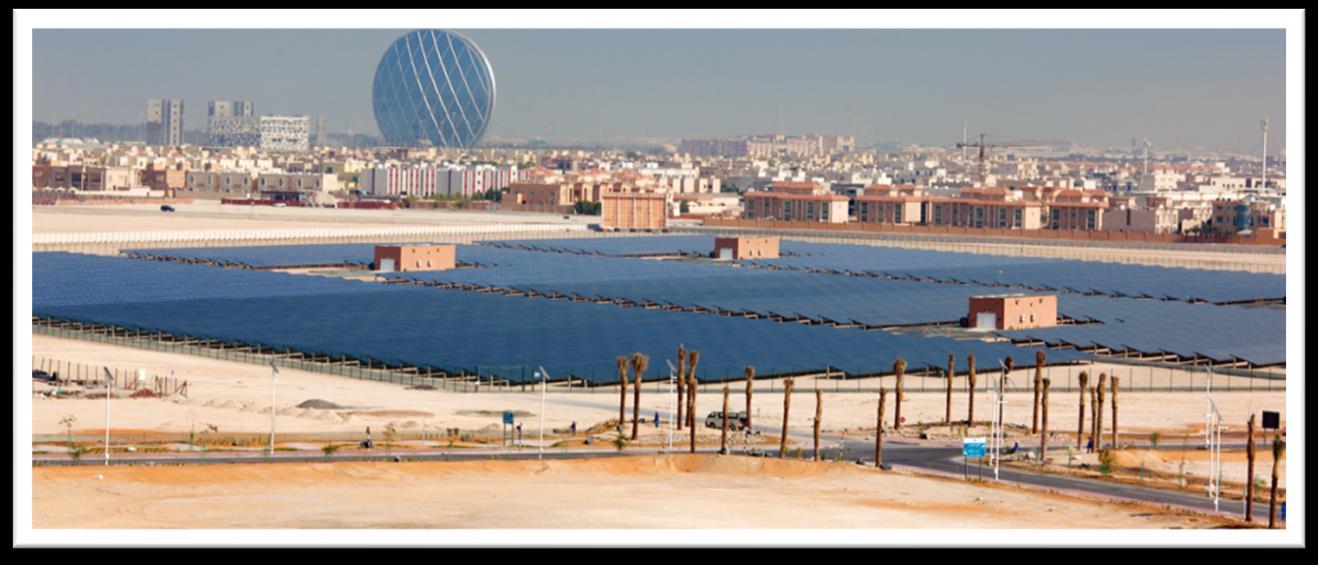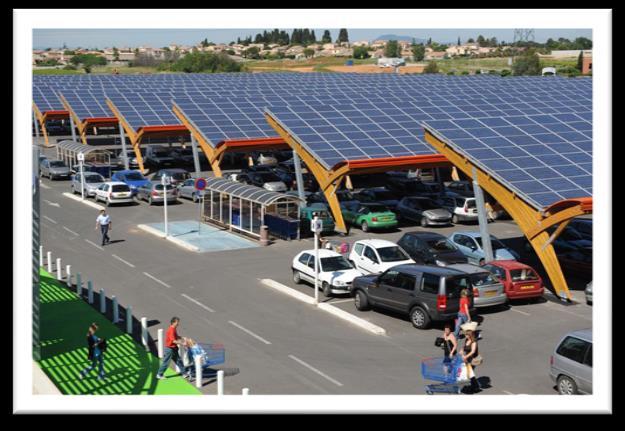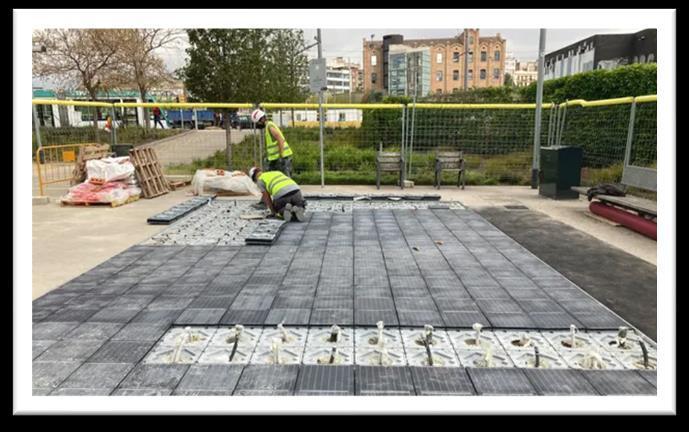
4 minute read
4 Strategies
4.1 Smart Mobility -
4.1..1 Smart parking spaces
Advertisement
One of the most significant issues living in Dubai is the availability of parking spaces. It is a big challenge to find a parking spot in dense areas where one must go many rounds in search of parking, leading to excessive consumption and emissions The strategy here is to develop an app where each parking space must be fixed with a sensor, and it reflects the same availability on the app or a website, making it convenient for users to find their space. The same app can also be used to allocate slots for taxi pickups which makes it very convenient as it is a big issue to find taxis in Dubai and helps keep the stopping of taxis organized and not obstruct other vehicles. This small step will help reduce emissions due to more extended waiting periods
In Valencia,where this concept was piloted,1,060 "smartparking" spots havebeen made available for those with limited mobility to use while parking their vehicles (Modijefsky, 2020). Taxis are welcome to utilize the spots as well. The technology enables smart administration of these limiteduse parking spaces by clearly displaying which spots are available at any given time (Modijefsky, 2020). There are 1,060 parking spots in the city, but 27%, or 695 locations, will be set aside for those with limited mobility (PMR). Extra software will be employed to limit who may park in the reserved spots (Modijefsky, 2020). The so-called Narrow Band-IoT (NB-IoT) communication technology is used, and the sensors are installed immediately in the parking bay without needing cables or streetscapes (Modijefsky, 2020).
Dubai’s RTA must introduce carpooling along with the taxi app as public transport is inefficient in places away from the city, leading to longer waiting times and crowding in buses. This carpooling system can be integrated with smart parking spaces where there are designated areas for pickup, and these locations are shown on the app. This will significantly help Dubai reduce emissions and progress towards its goal of net zero in 2050.
4.1..2 Smart buses
Heat and air quality have been a primary concern in Dubai owing to its climate and pollution affecting people’s health conditions. Dubai needs to introduce electric/hybrid buses and solar panels, and a few of them must be fitted with sensors to help collect constant data on air quality levels.This data should bemade availableonthe RTA’s publictransportapp so that the airquality, temperature, and humidity of each area can be monitored, which will help warn the people if required.
The bus transit system in Barcelona is notable for its use of hybrid buses to reduce emissions and promote environmentally responsible modes of transportation (Zigurat Global Institute of Technology, 2019). Smart bus shelters powered by solar panels display waiting times in this system. Furthermore, in Valencia,40 sensorshavebeeninstalledon several lines ofbuses operated by the Council Transportation Company of Valencia to assess air quality, as well as track temperature and humidity levels across the city (Valencia Smart City, 2022). In Dubai, where the air quality index (AQI) looks deficient, this will provide much-needed additional data for the AQI calculation.
4.2 Smart Environment
4.2..1 Scenario Planning -
We have consistently recognized the importance of scenario planning in today's world, where developers of anything from apps to food items entirely use testing (Hurtado and Gomez, 2021). A digital twin is a virtual representation of a real-world item facilitated using artificial intelligence and the IoT (Internet of Things). As we see it, Dubai faces the challenge of rapid development, and the projects are developing rather quickly, changing the urban fabric within smaller spans with lesser regard for the impact it is creating on the climate.
Dubai needs to start integrating from a smaller scale, that is, the grid level, where a digital twin of each upcoming or existing grid (high risk) must be created,andeverydeveloperhastoaddtheirprojects using BIM (building information modeling) onto the twin to assess the impacts such as emissions, resources & waste management, transportation demand, and the energy consumption so that they can run the possible outcomes to solve complex issues of climate resilience. These criteria should be mandatory for larger developments impacting the city Each gridwill haveits own assessmentand help policymakers and planners make critical decisions This tool can be incorporated by ESTIDAMA, a sustainability tool used in UAE as a mandatory requirement for development. There may be a central repository for information on the city's environment, resources, zoning laws, the number of homes, and transit routes in the digital twin (Hurtado and Gomez, 2021). Another perk of municipal digital twin platforms is that they may help improve communication and coordination between planning groups and other city authorities (Hurtado and Gomez, 2021).
4.2..2 Energy Retro FittingsEnergy Pockets for neighborhoods
Dubai city limits are constantly increasing, and the development is growing outwards rather than within the city, creating more pressure on energy consumption. However, we can use this for our strategy as there is plenty of land availability around the neighborhood A certain amount of land can be dedicated for solar panels/farms and for renewable energy storage As we have already seen thattheUAEgovernment hasheavilyinvested ingreenhydrogenandsolarpower,wecanfacilitate pockets within each neighborhood to store energy and supply it to the grid during peak overs to help reduce greenhouse gases helping each neighborhood reach its goal towards net zero.
Masdar City in Abu Dhabi was one of the first to develop solar farms for its neighborhood in UAE. The facility produces about 17,500 megawatt-hours of clean electricity annually. It offsets 15,000 tons of carbon emissions per year and is one of the best live examples of generating renewable energyin thecontextofthemiddleeast(Masdar.ae,2022).Thisstrategyofintegratingsolarpower and storage plants will help create in-house energy for each city within Dubai.

Solar parking


Parking spaces in the grids of Dubai hold the maximum land use, and these spaces can be used. The car parking spots with maximum efficiency for the solar panels can be picked using the digital twin and retrofittedwithphotovoltaicpanels. Multiplefactors, including solarpanel material, kind, position, shading, etc., will affect the amount of energy produced by a given solar carport. Even by the most cautious of estimations, a standard carport for a residential property that can provide shade for four vehicles may produce as much as 10 kW, which is more than enough to meet most of the energy demands of a typical villa (Stout Shades, 2022).
This energy produced can be fed back to the grid to help reduce overall consumption. These retrofits should also accommodate charging ports offered to electric cars to help improve and promote the use of electric vehicles and their infrastructure. This can be integrated into the smart grid system, where all the consumption and production levels are monitored. Fast-evolving solar integration technology is on display in Barcelona, where 50 square meters of non-slip solar panels in a tiny park in the Glories neighborhood will produce 7,560kWh annually, sufficient to power three homes (Burgen, 2021)


